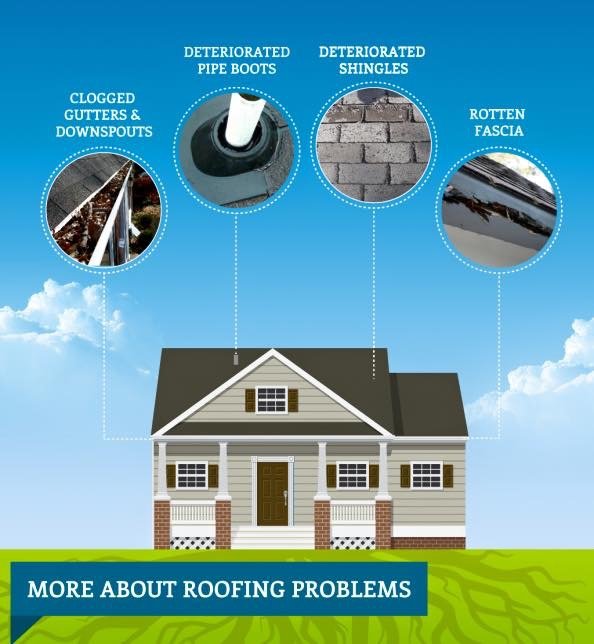The Function Of Roof Covering Ventilation In A Successful Installment
The Function Of Roof Covering Ventilation In A Successful Installment
Blog Article
Post Composed By-Byrne copyright
When you're taking on a roofing project, you could not assume much concerning roofing system ventilation, yet it's more essential than you understand. Effective air flow aids regulate temperature level and wetness in your attic, protecting against problems like mold and mildew and architectural damage. By recognizing just how to create and set up a well balanced ventilation system, you can enhance power effectiveness and prolong the lifespan of your roof products. So, what are the crucial factors to consider during installation that can make all the difference?
Significance of Roofing Air Flow
Roofing air flow plays an important role in preserving the general wellness of your home. By allowing fresh air to flow through your attic, it helps manage temperature and wetness degrees. This balance is important to avoid warmth build-up during warm months, which can cause raised power prices as your a/c burns the midnight oil.
In addition, proper ventilation dramatically decreases the danger of moisture-related issues like mold and mildew and mildew. If humidity levels climb, your home's architectural honesty can be compromised, causing costly fixings. You would not want to handle decomposing wood or deformed roof products, right?
Additionally, adequate air flow prolongs the life expectancy of your roof. When warm and wetness are kept in check, your roofing system can execute efficiently, protecting against premature damage. This means less headaches and costs down the line.
Just How Roof Ventilation Works
Efficient roofing system ventilation relies on the natural activity of air to produce a balance between consumption and exhaust. When you set up vents, you're essentially enabling fresh air to enter your attic while allowing hot, stale air to escape. This procedure helps regulate temperature and wetness degrees, stopping concerns like mold and mildew development and roof covering damage.
Consumption vents, generally found at the eaves, pull in amazing air from outside. Meanwhile, exhaust vents, situated near the ridge of the roofing system, let hot air surge and leave. The distinction in temperature level produces an all-natural airflow, referred to as the pile impact. As warm air rises, it develops a vacuum that pulls in cooler air from the lower vents.
To maximize this system, you need to ensure that the consumption and exhaust vents are properly sized and positioned. If the consumption is limited, you won't achieve the wanted ventilation.
Furthermore, visit the next post can trap warmth and moisture, causing prospective damages.
Trick Installation Considerations
When mounting roofing air flow, numerous key considerations can make or break your system's performance. First, you require to examine your roof's design. The pitch, shape, and products all influence air flow and air flow selection. Make certain to pick vents that fit your roofing kind and local environment problems.
Next off, think about the placement of your vents. Ideally, you'll desire a well balanced system with intake and exhaust vents placed for optimal airflow. Place consumption vents short on the roofing system and exhaust vents near the optimal to motivate an all-natural flow of air. This setup aids stop dampness buildup and promotes power efficiency.
Do not forget about insulation. Proper insulation in your attic protects against warmth from running away and maintains your home comfy. Make sure that insulation does not block your vents, as this can hinder air flow.
Finally, think of maintenance. Choose ventilation systems that are very easy to accessibility for cleaning and evaluation. hop over to this web-site guarantees your system continues to operate properly in time.
Final thought
Finally, roofing system air flow is crucial for a successful installment. By making sure proper air flow, you can prevent warm buildup and dampness issues that lead to expensive damage. When you purposefully placement intake and exhaust vents, you enhance power performance and lengthen the life expectancy of your roofing. Keep in mind, a well-ventilated roofing system not only secures your financial investment but likewise improves your interior air quality. So, prioritize air flow to make certain a durable and economical roofing system for your home.
